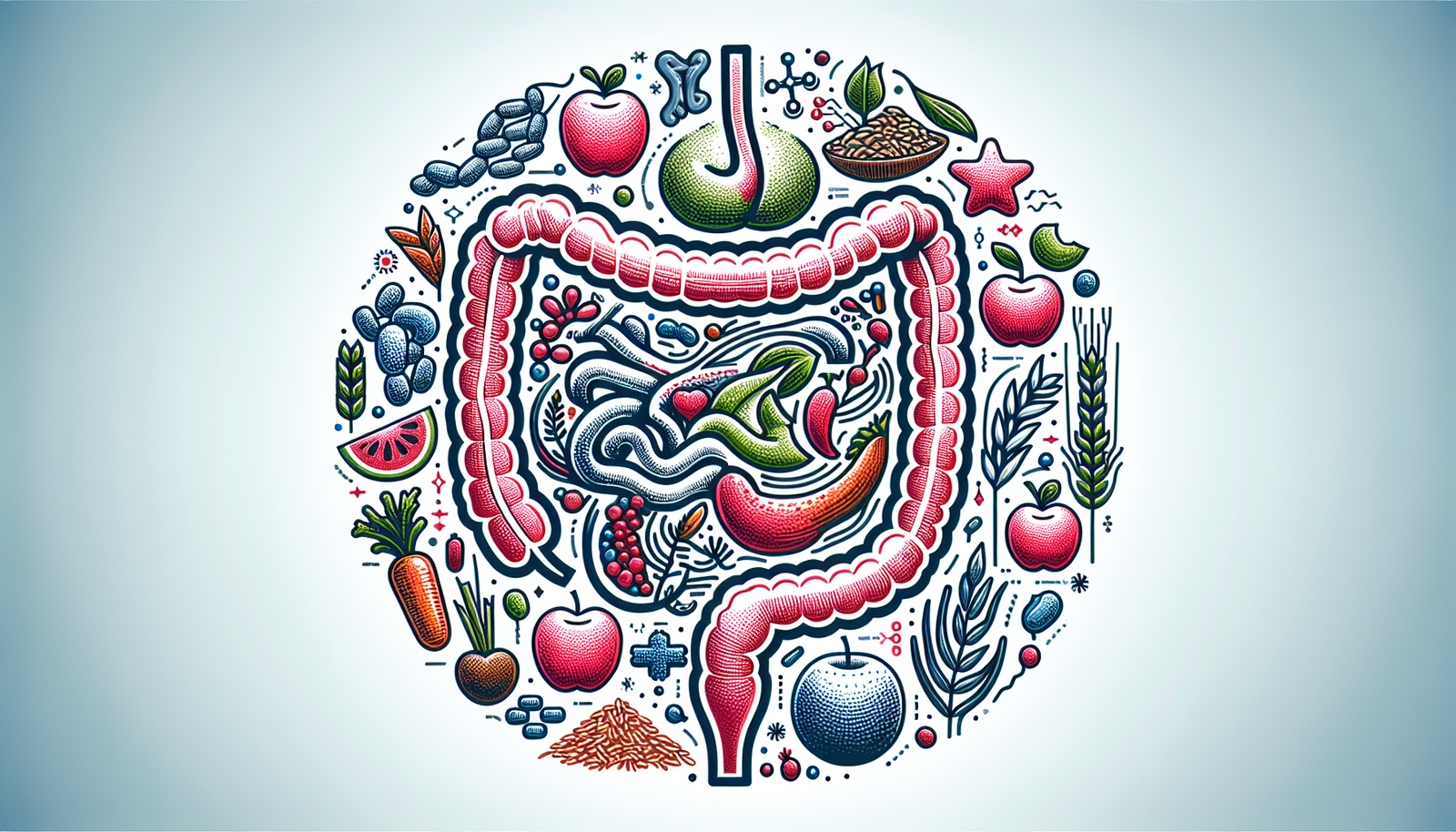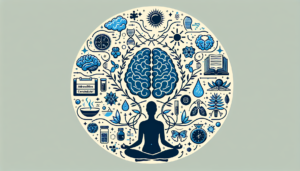How to Create a Personalized Detox Plan
How to Create a Personalized Detox Plan
Understanding Detoxification
Detoxification, commonly referred to as detox, is the process of removing toxins from the body. These toxins can originate from various sources such as processed foods, pollution, and chemical exposure. The purpose of a detox plan is to support the body’s natural ability to cleanse itself while improving overall health and vitality.
Step 1: Assess Your Current Lifestyle
Evaluate Your Diet
The first step in creating a personalized detox plan is to evaluate your current diet. Keep a food diary for at least seven days, noting everything you eat and drink. Pay attention to:
- Processed foods: How much of your diet consists of packaged snacks, sugary drinks, and fast food?
- Fruits and vegetables: Are you consuming enough fresh produce? Aim for a variety of colors to ensure a range of nutrients and antioxidants.
- Hydration: Are you drinking enough water? A general guideline is to aim for at least eight 8-ounce glasses per day.
Analyze Your Daily Habits
Look into your daily habits beyond diet:
- Physical Activity: How much exercise do you get? Aim for at least 150 minutes of moderate aerobic activity per week.
- Sleep Quality: Are you getting adequate sleep? Aim for 7-9 hours each night.
- Stress Levels: Identify stress triggers in your life and your coping mechanisms. High stress can lead to toxin buildup in the body.
Medical History Considerations
If you have underlying health conditions or are pregnant, consult a healthcare provider before embarking on a detox regimen. Understanding your health status will allow you to tailor your plan safely.
Step 2: Identify Toxins and Their Sources
Creating a successful detox plan involves identifying the toxins you want to eliminate. Common sources of toxins include:
- Heavy Metals: Found in certain fish, water supply, and household products.
- Processed Foods: Contain preservatives, artificial colors, and high levels of sugar.
- Household Chemicals: Non-organic cleaning supplies, pesticides, and personal care products.
By identifying these sources, you can make informed choices about what to cut back on or eliminate from your lifestyle.
Step 3: Set Clear Goals
Short-Term Goals
Set specific, measurable short-term goals that align with your detoxification process. For instance:
- Drink at least two liters of water daily.
- Eliminate sugar and processed foods for a month.
- Incorporate daily physical activity, aiming for 30 minutes.
Long-Term Goals
Long-term goals should focus on sustainable health changes:
- Transition to a whole-food, plant-based diet.
- Maintain a consistent exercise routine.
- Develop healthy coping strategies for stress.
Step 4: Plan Your Meals
Focus on Whole Foods
A successful detox plan emphasizes whole foods. Fill your plate with:
- Fruits and Vegetables: Leafy greens, berries, cruciferous vegetables, and citrus fruits are rich in nutrients and antioxidants.
- Whole Grains: Quinoa, brown rice, and oats provide fiber and energy.
- Lean Proteins: Include sources such as fish, beans, and legumes to support muscle health.
Meal Prep and Recipes
Plan your meals ahead of time to avoid last minute unhealthy choices. Invest time on weekends to meal prep for the week. Here are some ideas:
- Breakfast: Green smoothies with spinach, banana, and almond milk; overnight oats with chia seeds and berries.
- Lunch: Quinoa salads loaded with vegetables and olive oil dressing; vegetable soups rich in spices.
- Dinner: Grilled salmon with asparagus; lentil curries with steamed brown rice.
Hydration and Detox Drinks
Incorporate detoxifying drinks throughout your day:
- Lemon Water: Aids digestion and provides Vitamin C; start your day with a glass.
- Green Tea: Rich in antioxidants; aim for 1-3 cups daily.
- Herbal Teas: Dandelion and milk thistle can support liver health.
Step 5: Incorporate Detoxify Techniques
In addition to dietary changes, consider lifestyle practices that promote detoxification:
Exercise Regularly
Physical activity boosts circulation and promotes sweating, both of which help eliminate toxins from the body. Aim to integrate various types of exercise, including:
- Cardio: Activities such as brisk walking, cycling, or dancing increase heart rate.
- Strength Training: Builds muscle mass and supports metabolism.
- Yoga or Pilates: Enhances flexibility and reduces stress.
Manage Stress Effectively
Chronic stress can impede detoxification processes. Integrate stress management techniques such as:
- Meditation or Mindfulness: Allocate at least 10-15 minutes daily to calm your mind.
- Deep Breathing Exercises: Practice deep breathing to promote relaxation and oxygenate your body.
- Nature Walks: Spend time outdoors to enjoy fresh air and natural beauty, helping reduce stress levels.
Sleep Quality Improvement
Quality sleep is essential for detoxification. Implement habits to improve your sleep hygiene, such as:
- Creating a sleep-friendly environment: dark, quiet, and cool.
- Establishing a consistent sleep schedule.
- Limiting screen time before bed.
Step 6: Monitor Your Progress
Regular Check-Ins
Set up a schedule for regular health check-ins, either bi-weekly or monthly. Monitor the following:
- Energy levels: Are you feeling more energized after implementing your detox plan?
- Physical changes: Track changes in weight, digestion, and skin health.
- Mental clarity: Assess changes in focus and overall mood.
Adjust Your Plan
Be prepared to adjust your detox plan based on your experiences and results. If certain foods or activities don’t serve you, feel free to modify them. This is about finding the right fit for your unique body and lifestyle.
Engage with Support
Consider joining a community or seeking accountability from friends or family. Sharing your goals and experiences can enhance motivation and provide encouragement during challenging moments.
Step 7: Transition to Maintenance
After a dedicated detox period, you may decide to transition to a maintenance phase.
Sustainable Eating Habits
Shift from a rigid detox plan to a more flexible, balanced diet that incorporates most foods in moderation. Aim to maintain the following principles:
- Continue to prioritize whole foods.
- Allow occasional indulgences while remaining mindful of portion sizes.
- Avoid reverting to previous unhealthy habits.
Continuous Hydration
Make hydration a lifelong habit. Keep a water bottle accessible, and explore herbal teas, infused waters, and other healthy hydrating options without adding excessive sugars.
Lifestyle Integration
At this stage, focus on integrating the healthy practices established during the detox phase into your daily life:
- Keep exercising regularly, working toward building a routine that you enjoy.
- Continue stress management practices, focusing on maintaining a positive mental state.
Step 8: Understand Potential Challenges
While embarking on your detox journey, be prepared to face potential challenges:
Withdrawal Symptoms
In the early stages of a detox, you may experience withdrawal symptoms from eliminated substances (like caffeine or sugar). Symptoms may include headaches, fatigue, or irritability. Remember that these are often temporary and will subside.
Social Situations
Expect certain social events to pose challenges, like gatherings with unhealthy food options. Prepare by consuming a nutritious meal beforehand or bringing your own healthy snacks to share.
Staying Motivated
Maintaining motivation can be tricky over time. Revisit your goals, acknowledge your progress, and remind yourself of the benefits you have experienced. Celebrate successes, no matter how small.
Exploring Alternative Detox Methods
Mindful Eating
Practicing mindful eating involves being fully aware of each eating experience. It fosters a deeper connection to food and can lead to more conscious choices. Try to eliminate distractions during meals, savor each bite, and listen to your body’s hunger cues.
Fasting
Intermittent fasting can support detoxification by giving your digestive system a break. Consider options like 16:8 or 5:2 fasting methods. Always consult a healthcare professional before starting any fasting regime.
Natural Supplements
Certain natural supplements may support detoxification, including milk thistle, dandelion root, and spirulina. Research their benefits thoroughly and opt for high-quality products. Always consult with your healthcare provider before introducing supplements to your routine.
Through careful assessment and a tailored approach, you can create a detox plan that resonates with your lifestyle, preferences, and goals. By committing to these holistic changes complemented by ongoing monitoring and support, you pave the way toward improved health and well-being, ready to tackle everyday challenges with vigor.








